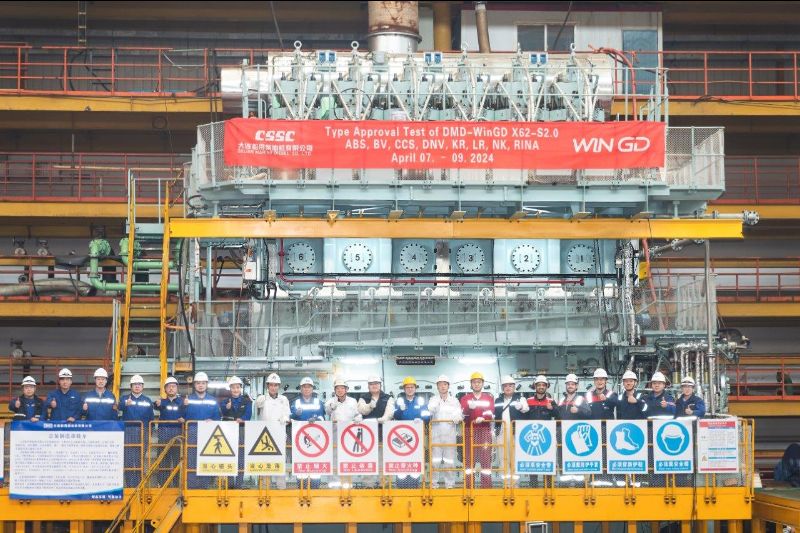
Ship Financing, or Lack Thereof, Under Posidonia Spotlight
 A few days after Aggelikousis Group’s US$1.25 billion credit facility with six banks for the financing of nine LNG carriers was made public, delegates of a shipbuilding conference held during the fourth day of this year’s Posidonia Exhibition heard that increasing defaults on existing financing agreements between shipowners and lenders will ultimately lead to an era of no new lending.
A few days after Aggelikousis Group’s US$1.25 billion credit facility with six banks for the financing of nine LNG carriers was made public, delegates of a shipbuilding conference held during the fourth day of this year’s Posidonia Exhibition heard that increasing defaults on existing financing agreements between shipowners and lenders will ultimately lead to an era of no new lending.Speaking at the ‘Building for the Future 2012′ shipbuilding conference, on the penultimate day of Posidonia 2012, the 23rd edition of the world’s biggest marine community event, Jean Richards, CEO of Second Wind Shipping Limited, said that while finance is still available through traditional banks, Chinese banks, bond and equity markets, financiers tend to specialize in specific asset types while setting demanding preconditions.
“Traditional banks lend only to their major clients in return for help with other assets, Chinese banks on newbuilding projects and local yards but with fairly high margins, the bond market focuses on large and known players with a high coupon cost while the equity market demand shares in new equity to protect an exposed position,” said Richards.
According to Richards, this year a number of restructurings which were agreed during the last three years will expire or fail.
“Currently there is a lot of debt restructuring which is about to expire or fail,” said Richards. “Principal outstanding is higher than vessel values, freight revenues are not sufficient to cover debt service and owners’ cash reserves are low or rapidly disappearing. So, with increasing numbers of defaults there won’t be any lending,” said Richard.
The situation is confounded due to reduced foreign lending as governments bail out banks which in turn reduce balance sheets. Yet, while ship financing is gradually rendered unfashionable, the list of shipping banks is not yet reduced, with even some apparent increases and the inclusion of new Chinese banks. However, Richards said that the list of lenders will shrink over the next five years.
This will come naturally as existing market conditions continue to see sluggish growth in GDP and trade, low freight rates and asset prices while ship yard capacity is not reduced. Richards explained: “Container operators think that big is better and keep building while the introduction of eco designs keep yards busy and overbuilds fleets. So, the biggest danger is excess yard capacity that creates fleet oversupply and not the fact that shipping banks aren’t lending.”

Subscribe for Daily Maritime Insights
Sign up for gCaptain’s newsletter and never miss an update
— trusted by our 109,087 members

Get The Industry’s Go-To News
Subscribe to gCaptain Daily and stay informed with the latest global maritime and offshore news

 Join The Club
Join The Club








